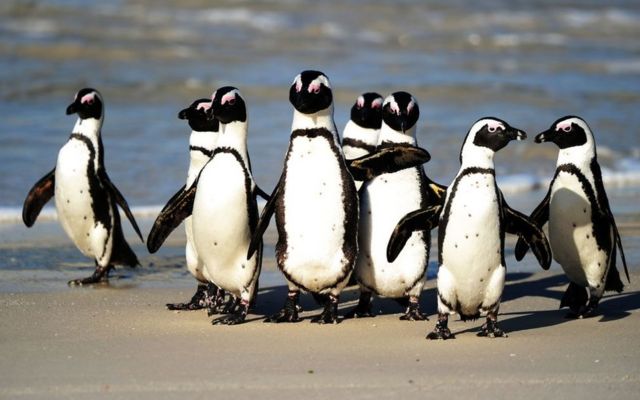
By Faith Nyasuguta
Kenyan scientists have critically analyzed the nutritional value of edible crickets, ranking the insects way above both chicken and beef in many aspects.
Crickets can be fried and eaten whole but at best, they are ground to fortified flour to make dishes including ugali/fufu, porridge, or even chapati.
The researchers looked into the nutritional composition of two cricket species found in Kenya (Scapsipedus icipe and Gryllus bimaculatus) and compared them with significant animal and plant sources.
The results revealed that the crude protein content of both cricket species is similar and comparable to those of animal protein sources.
“The protein digestibility of S. icipe and G. bimaculatus ranged between 80 and 88 per cent, which is comparable to that of common plant foods but slightly lower than that of animal proteins,” they said.

For both cricket species, the iron, zinc, and potassium contents were considerably higher than those of plant and animal sources.
With a view of the global public health significance, iron, zinc, and vitamins are the most vital micronutrients as they play key roles in preventing malnutrition and early stunting.
“The calcium contents of both crickets were superior to that of plant and animal origin except for kidney beans and eggs, respectively,” they said.
The study titled, “From Farm to Fork: Crickets as Alternative Source of Protein, Minerals, and Vitamins,” was published in August in the Nutritional Epidemiology journal.
NUTRITIONAL SOLUTION
In the researchers’ view, cricket consumption offers an immediate nutritional solution for Kenya, among other African nations where one in four children under five years, or two million children, are stunted.
“So far, little attention has been paid to crickets as a source of essential nutrients in human diets,” they said.
Stunted growth is mostly caused by poor diet and it has wrecking long-term effects, including diminished mental capacity.

The scientists collected adult crickets from subsistence and commercial farms in Western Kenya. The samples were blended into a paste using a kitchen blender and subjected to various chemical analyses.
Further, the tests showed that crickets can contribute up to 100 per cent of the required dietary allowance of iron for women of reproductive age and children under age five.
Iron deficiency is the most common nutritional disorder affecting women of reproductive age and children around the globe.
“It is thus evident that integrating edible crickets into the regular diets of women and children might have the potential to address the anaemia problem,” the researchers said.
Recent researches have shown that the acceptability of common foods fortified with edible insects in Kenya is really high.
Globally, crickets have featured in human diets around the world for many decades with their consumption widely practiced in parts of Africa, Asia, and even Latin America.
Data by the United Nations shows that the global market for edible insects could be worth $6.3 billion by 2030.
Insects are becoming more favorable because they require much less space, feed, water, housing, and overall maintenance.





1 Comment
This is an interesting research. However good the meal sounds, it would take time to include it in my meal😅